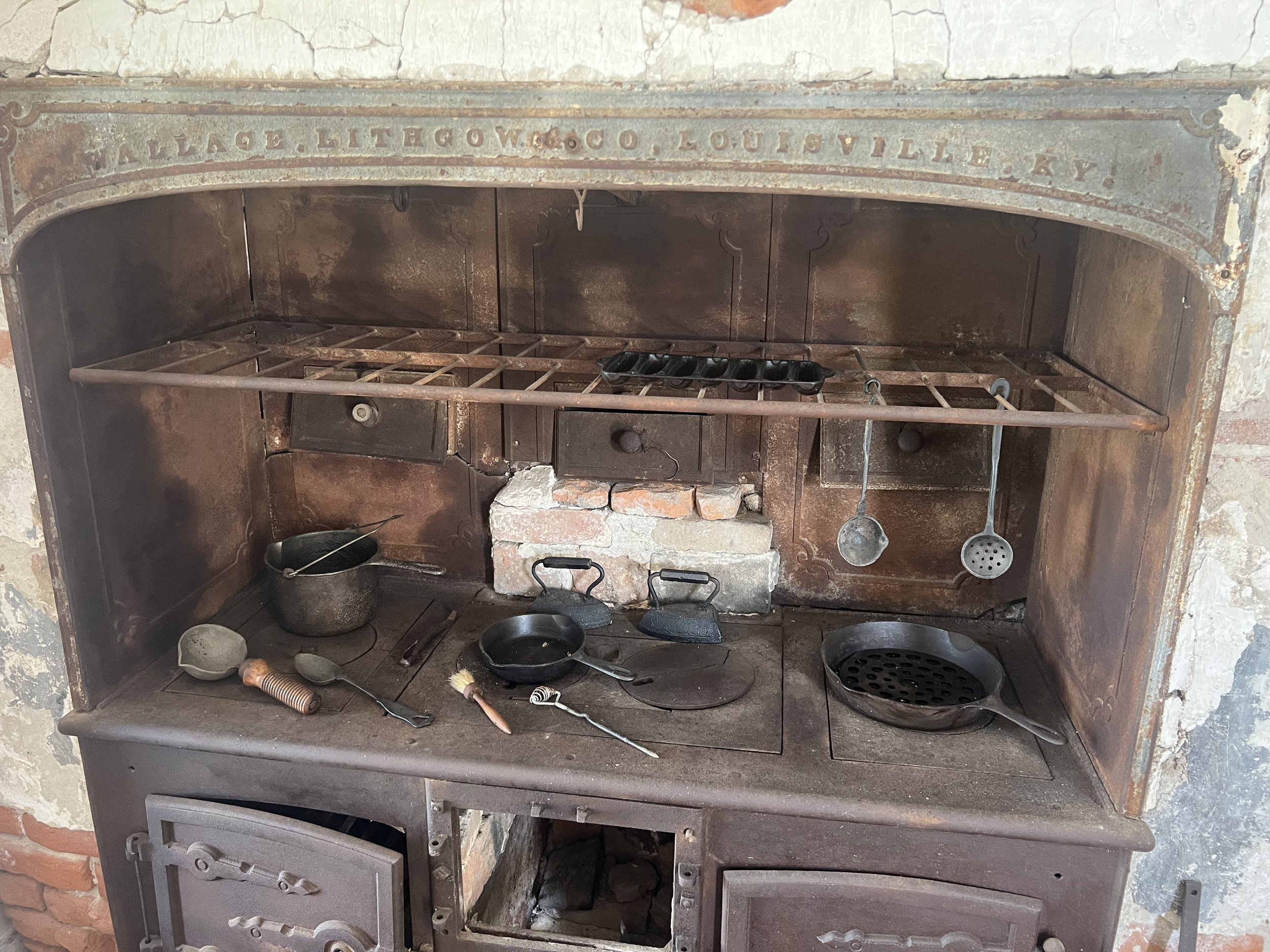Lakeport Plantation in Lake Village, Arkansas
Lakeport Plantation was donated to Arkansas State University in 2001 by the Sam Epstein Angel family. Restoration began in 2002 and the house opened to the public in 2007.
The Lakeport Plantation, an Arkansas State University Heritage Site, in Lake Village, Arkansas is one of the only remaining antebellum homes in Arkansas on the Mississippi River.
It was built in 1859 for Lycurgus and Lydia Johnson. On the eve of the Civil War, 155 enslaved laborers worked more than 4,000 acres farming primarily cotton. After the Civil War, many freedman continue working the fields at Lakeport as tenant farmers. The house remained in the Johnson family until 1927 when it was sold to Sam Epstein. It was used as a farm manager’s home until it was abandoned in 1972. Lakeport Plantation was donated to Arkansas State University in 2001 by the Sam Epstein Angel family. Restoration began in 2002 and the house opened to the public in 2007.
Lakeport Plantation’s restoration and interpretation focuses on the lifestyles and relationships between the people who lived and worked at Lakeport as enslaved laborers and slave holders to tenant farmers and land owners.
Learning at Lakeport
Students who visit Lakeport Plantation take a guided tour of the land and property, learning about the lives of the plantation owners and the enslaved, how the area was impacted by the Civil War, and about the process of historic preservation today. Tour guides will share information about the original construction and architecture of the plantation as students walk through each of the rooms and observe how rooms were intentionally constructed around living among enslaved people, like the kitchen and pantry areas being connected to serving rooms through outside walkways, as opposed to walking through the main home. Students will also find on the property a large commissary, stocked with items that would’ve been present during and after emancipation. Before emancipation, the large room was used to stock food, clothing, and medicinal supplies for the large numbers of enslaved people living and working on the property. After the Civil War, the space was opened as a commissary selling supplies on credit against tenants’ & sharecroppers’ harvests. Tour guides walk students through the historic timeline and share the stories they’ve preserved throughout the museum, connecting learning topics from across the social studies content area.
Hours and Admission
Lakeport Plantation Home is open for tours year round! School tours on topics ranging from the antebellum era to sharecropping and architecture are available by calling 870-265-6031.
K-12 teachers, did you know there is grant funding available for field trips to historic Arkansas sites? The Arkansas Humanities Council provides Arkansas teachers funding for a variety of educational programs like field trips & class experiences! Learn more about AHC grants here: https://arkansashumanitiescouncil.org/grant-guidelines/grant-descriptions/




